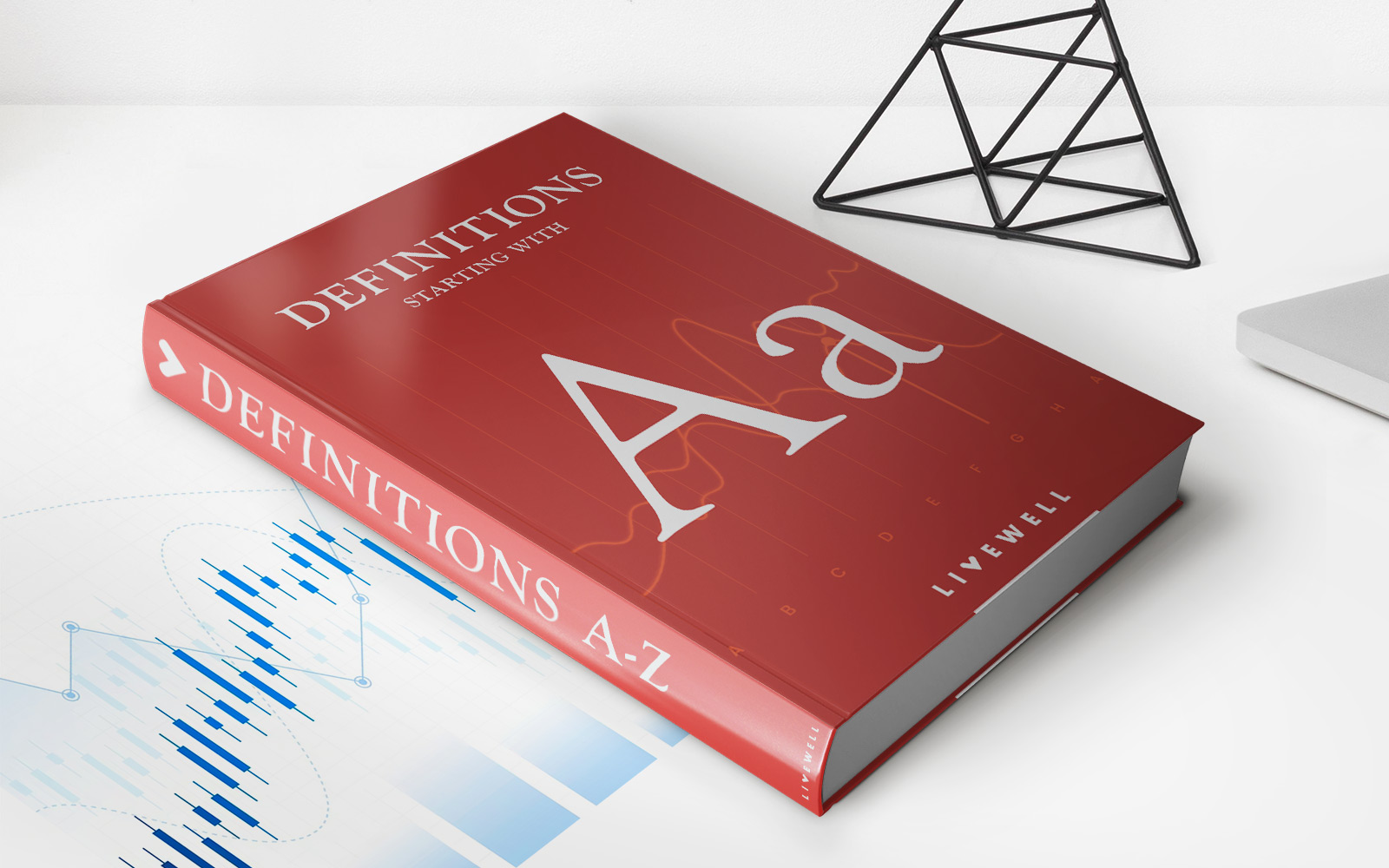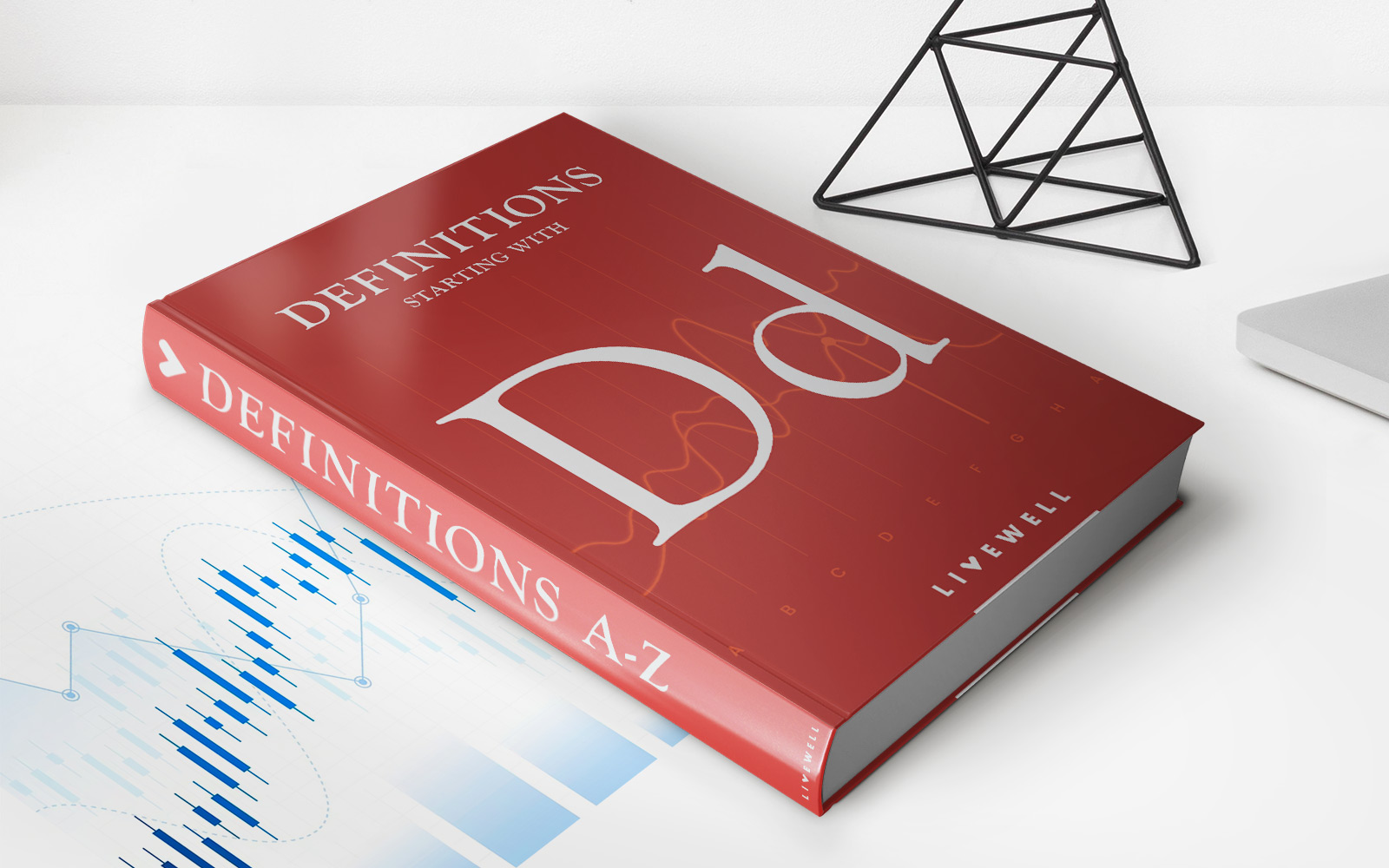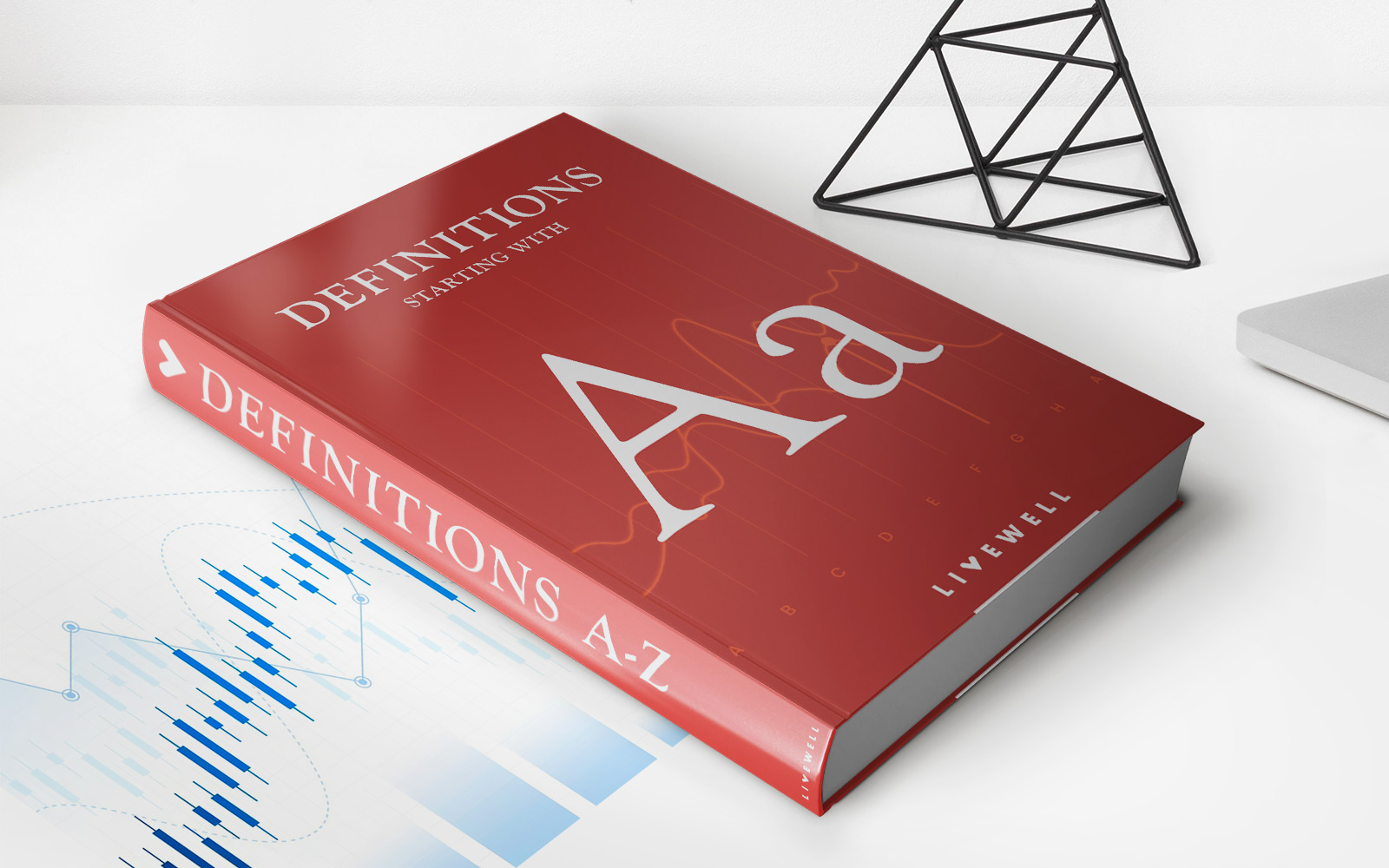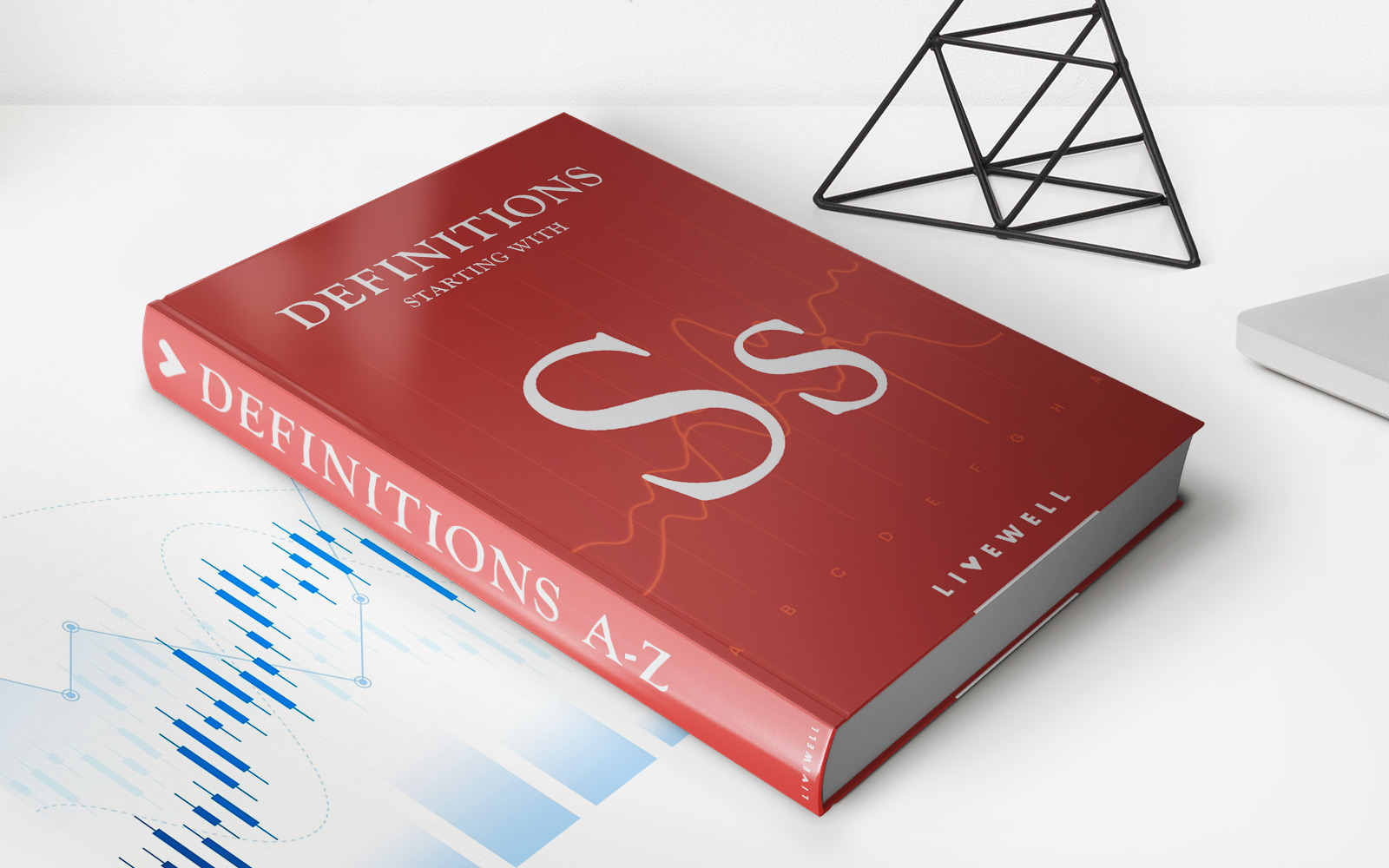Home>Finance>Annualized Income Installment Method Definition, When To Use It


Finance
Annualized Income Installment Method Definition, When To Use It
Published: October 7, 2023
Discover the definition of the annualized income installment method in finance and learn when to use it. Enhance your financial knowledge now!
(Many of the links in this article redirect to a specific reviewed product. Your purchase of these products through affiliate links helps to generate commission for LiveWell, at no extra cost. Learn more)
Understanding the Annualized Income Installment Method: When to Use It
When it comes to managing your finances, it’s essential to have a clear understanding of various financial strategies and methods. One such method that you may come across is the Annualized Income Installment Method. In this blog post, we will explore what this method entails, when it is appropriate to use it, and the benefits it brings. By the end of this article, you’ll have the knowledge and tools needed to utilize this method effectively in your financial planning.
Key Takeaways:
- The Annualized Income Installment Method helps individuals estimate and pay their income taxes throughout the year, based on their projected income.
- This method is particularly useful for individuals with variable income or those who earn a significant portion of their income later in the year.
What is the Annualized Income Installment Method?
The Annualized Income Installment Method is a way to calculate and pay your income taxes throughout the year, rather than waiting until the end of the tax year to settle your dues. This method is especially beneficial for those who have a fluctuating or seasonal income, as it allows for more accurate tax planning and prevents a hefty tax bill at the end of the year.
By utilizing the Annualized Income Installment Method, individuals estimate their total income for the year and calculate their tax liability based on this projected income. They then divide this estimated tax liability into equal installments and make quarterly payments to the IRS or relevant tax authority.
When to Use the Annualized Income Installment Method
The Annualized Income Installment Method is particularly helpful for the following scenarios:
- Variable Income: If you earn a variable income throughout the year, such as freelancers, self-employed individuals, or small business owners, the Annualized Income Installment Method provides a more accurate and manageable way to pay your taxes.
- Significant Year-End Income: If you anticipate earning a substantial portion of your income later in the year, using this method can help you avoid underpayment penalties. By making quarterly payments based on your projected income, you can ensure you are meeting your tax obligations throughout the year.
It’s important to note that the Annualized Income Installment Method is an optional approach. You can choose to use it if it aligns with your financial situation and helps you better manage your tax obligations.
The Benefits of Using the Annualized Income Installment Method
By employing the Annualized Income Installment Method, you can experience several advantages:
- Better Cash Flow Management: When you pay your taxes throughout the year, you avoid a large lump-sum payment at tax season. This allows for better cash flow management, as you can plan and allocate your funds accordingly.
- Avoiding Penalties: By estimating your income and paying taxes on a quarterly basis, you can avoid underpayment penalties. This method ensures that you are meeting your tax obligations in a timely and accurate manner.
- Reduced Stress: By staying on top of your tax payments throughout the year, you can remove the stress associated with last-minute tax preparation. This method facilitates better financial planning and peace of mind.
In summary, the Annualized Income Installment Method is a valuable tool for individuals with variable income streams or those anticipating a significant portion of their income later in the year. By utilizing this method, you can better manage your cash flow, avoid penalties, and reduce the stress associated with tax season. Consider consulting a financial professional to determine if this method aligns with your specific financial goals and needs.














